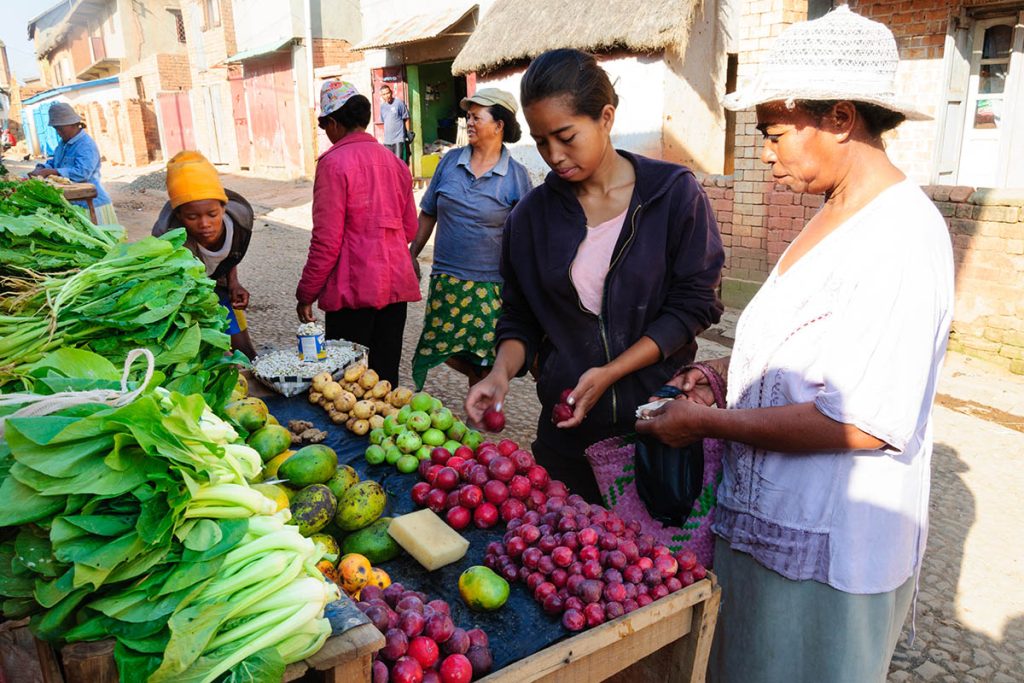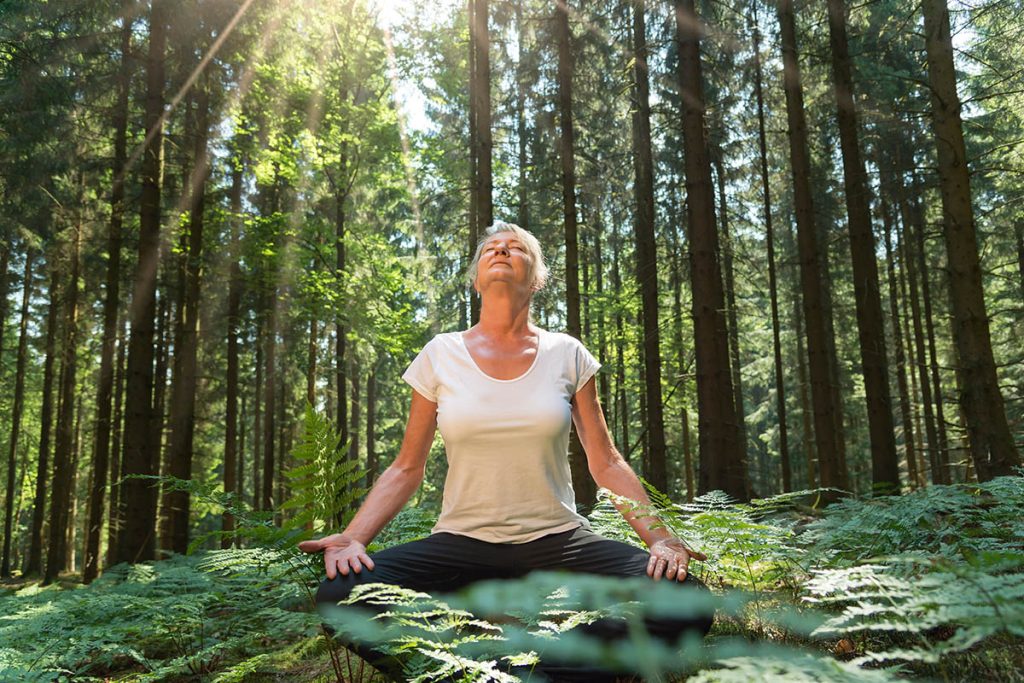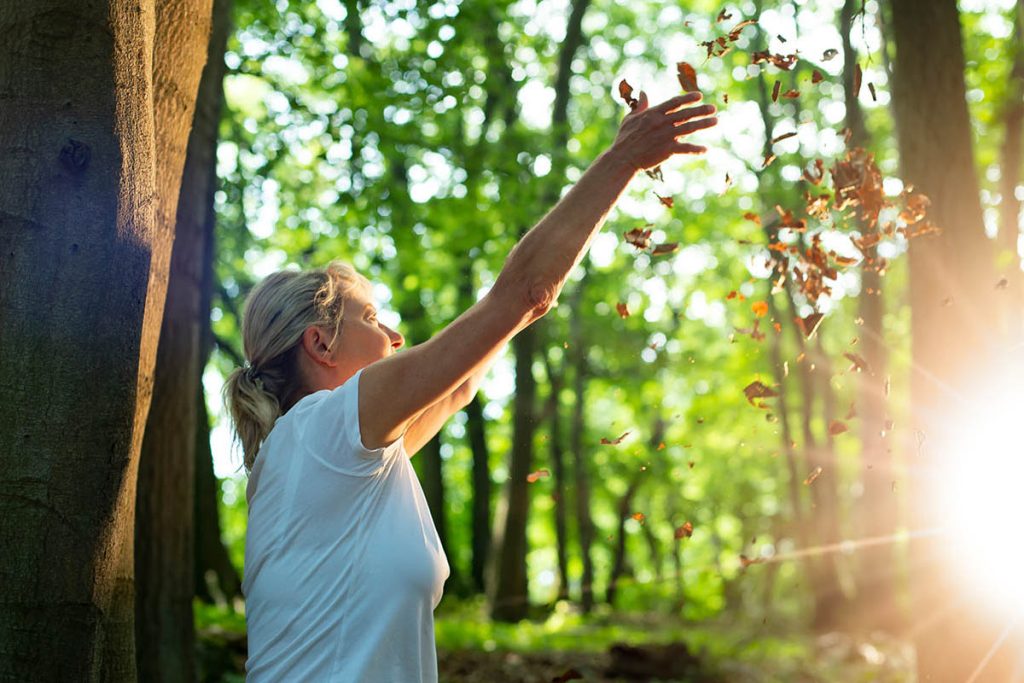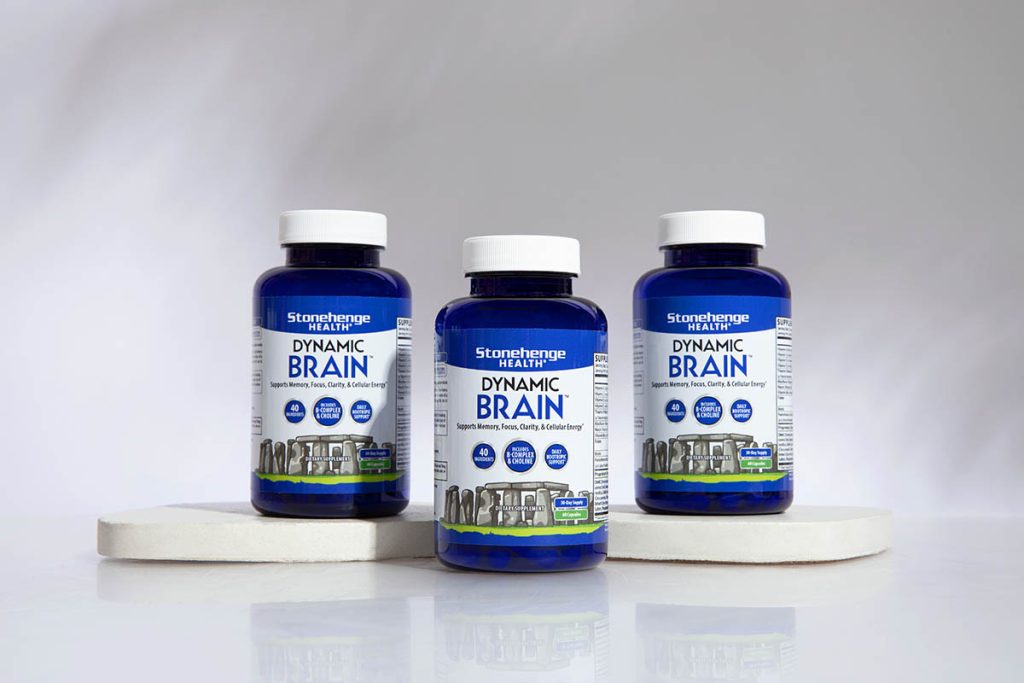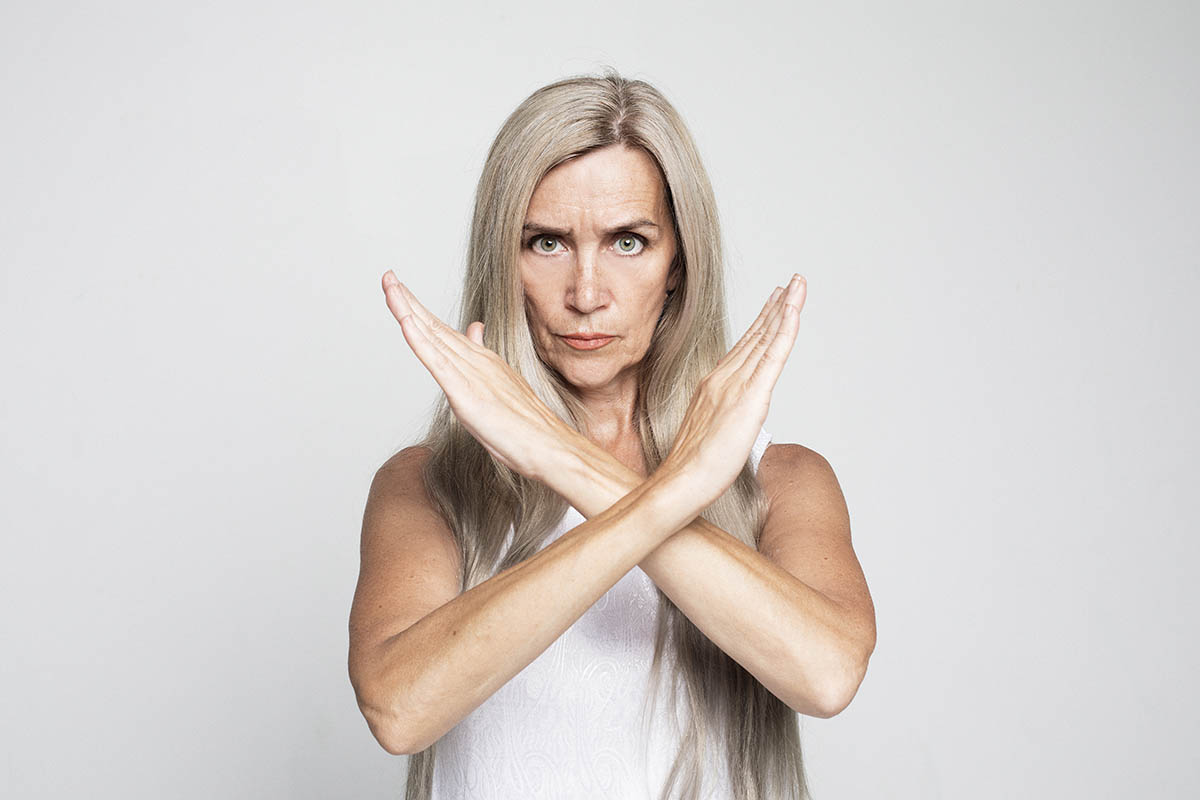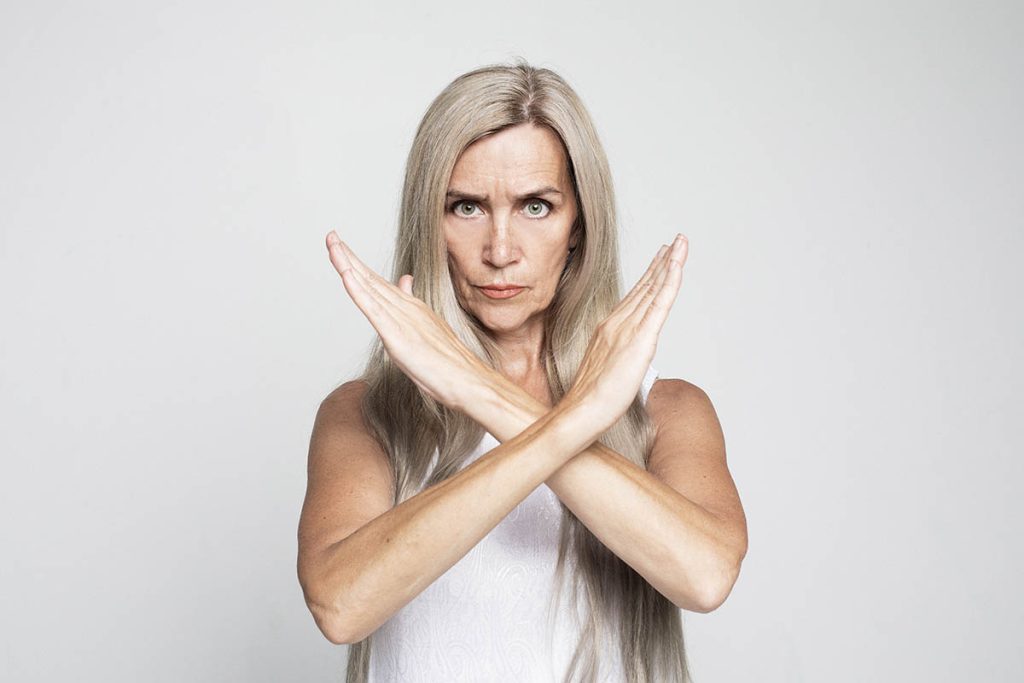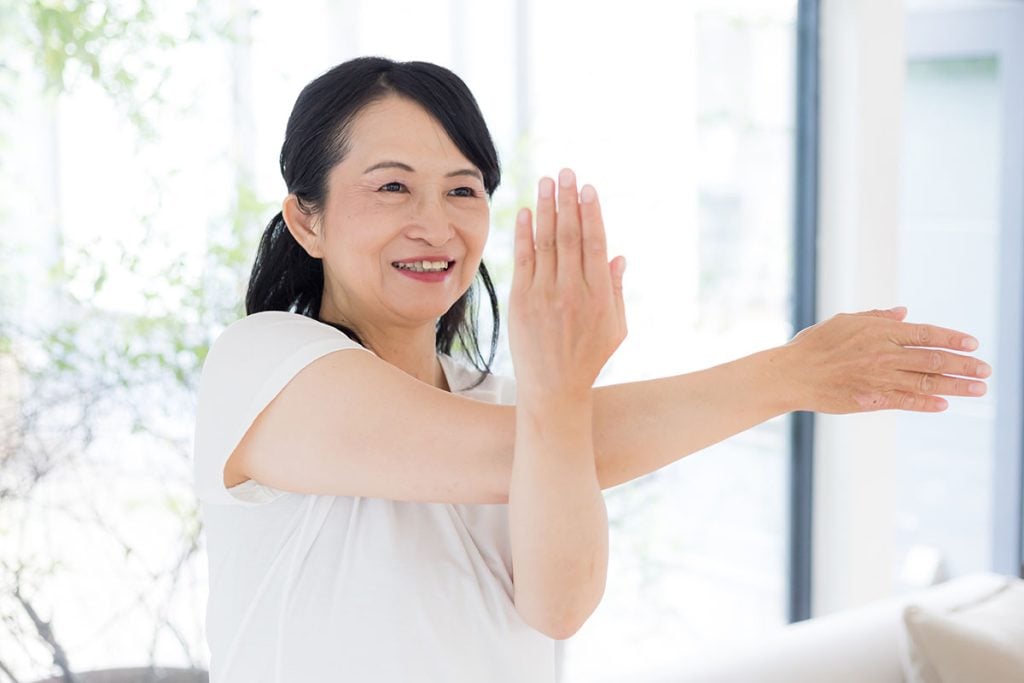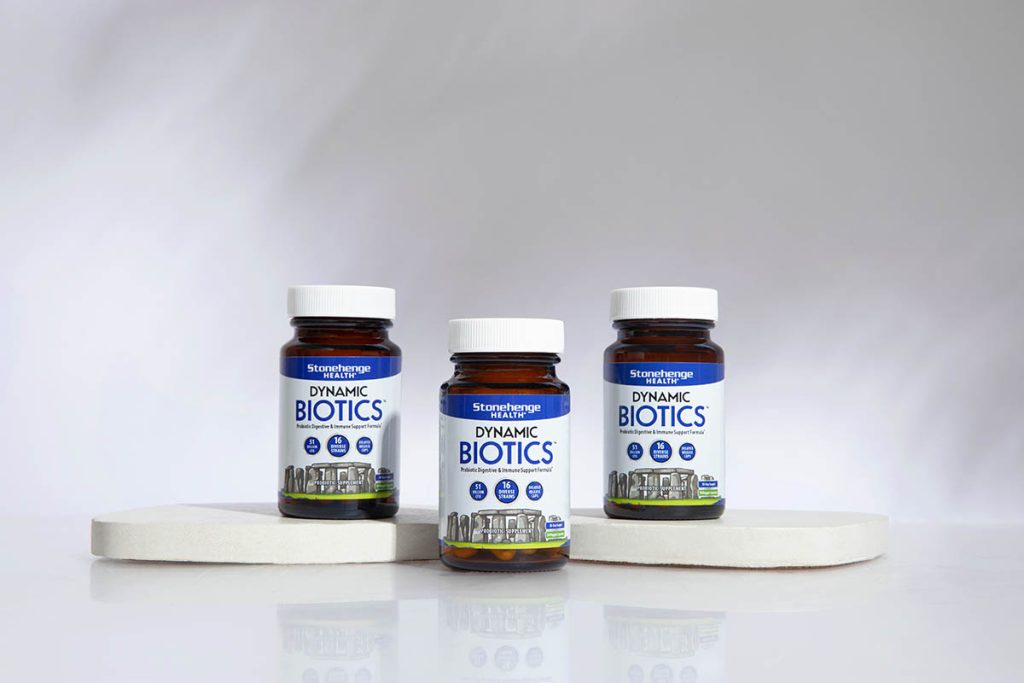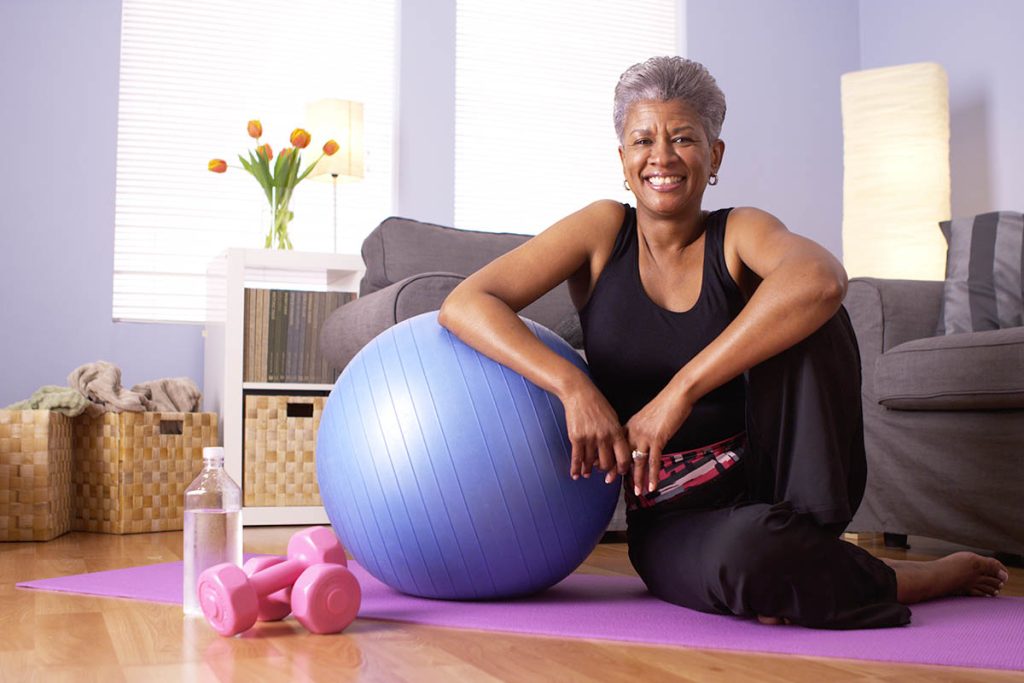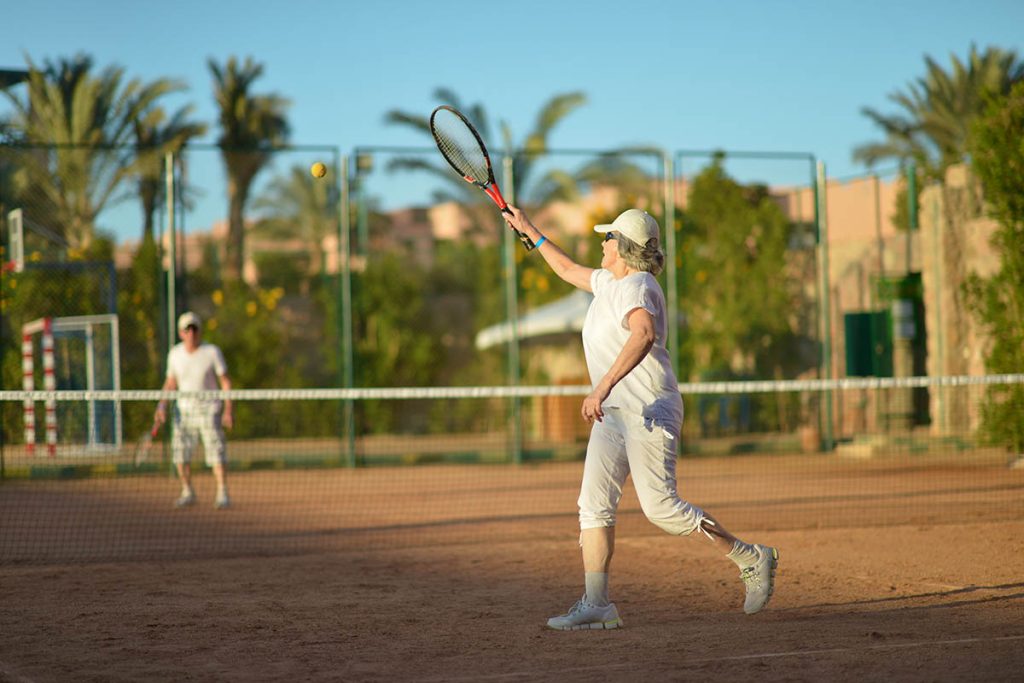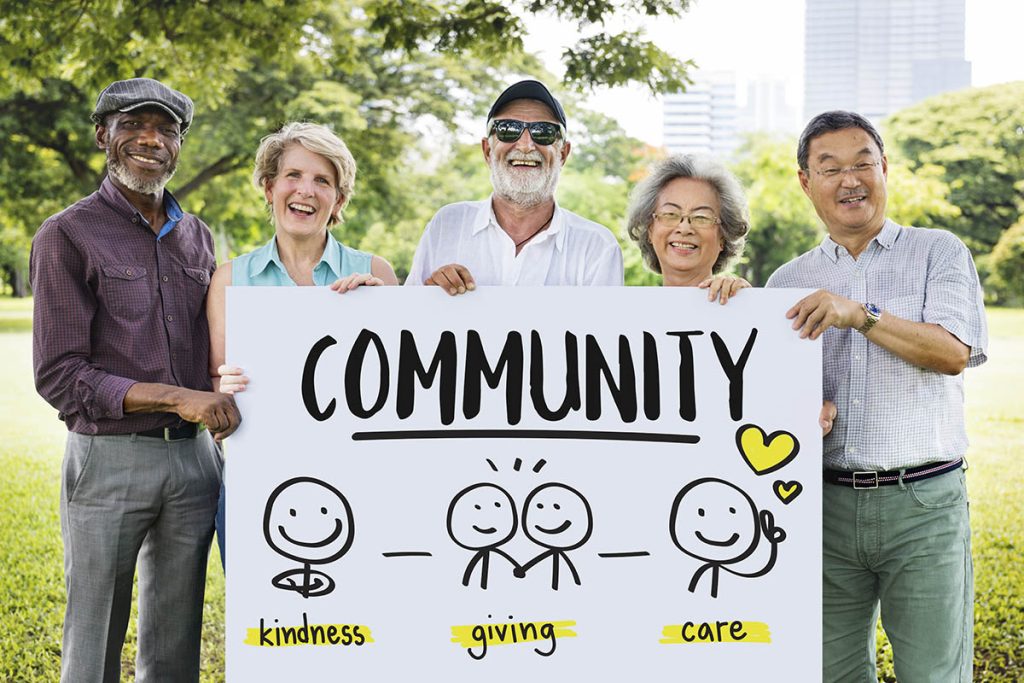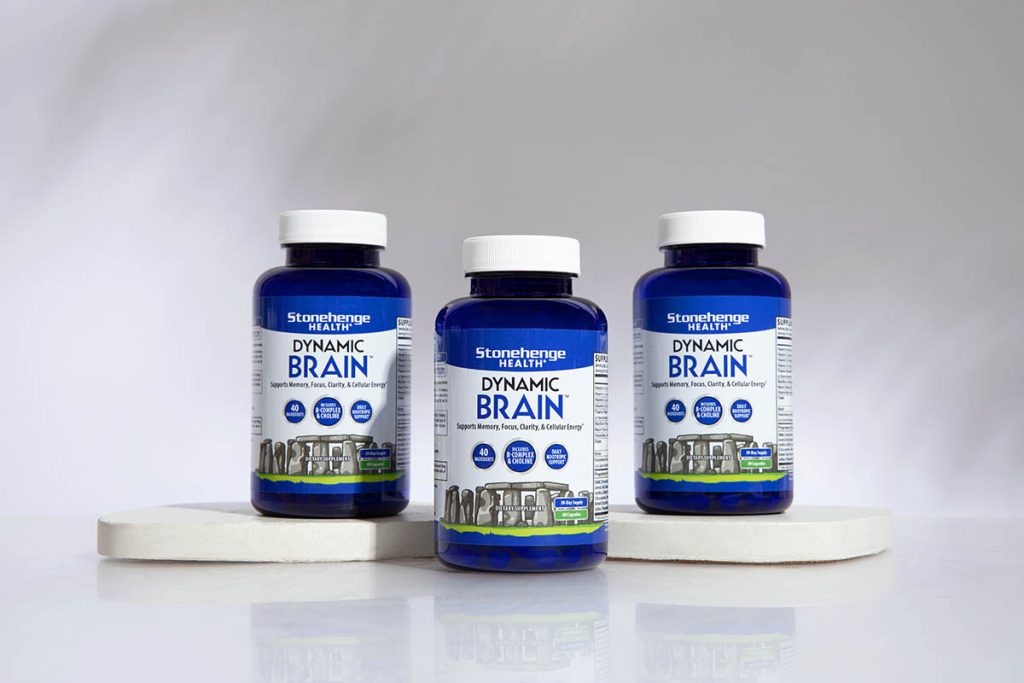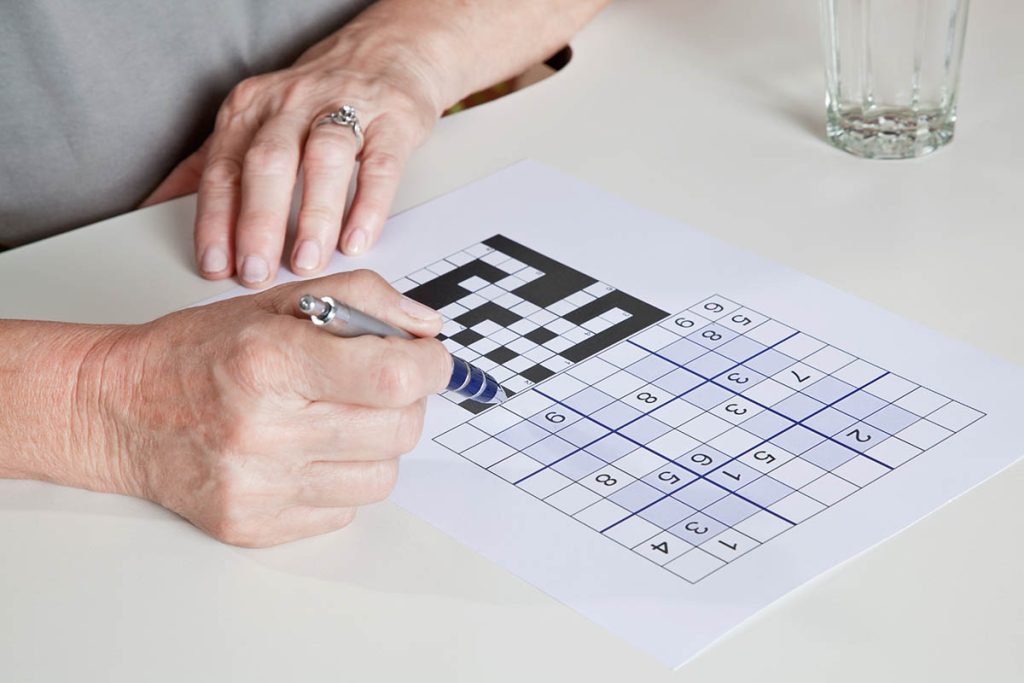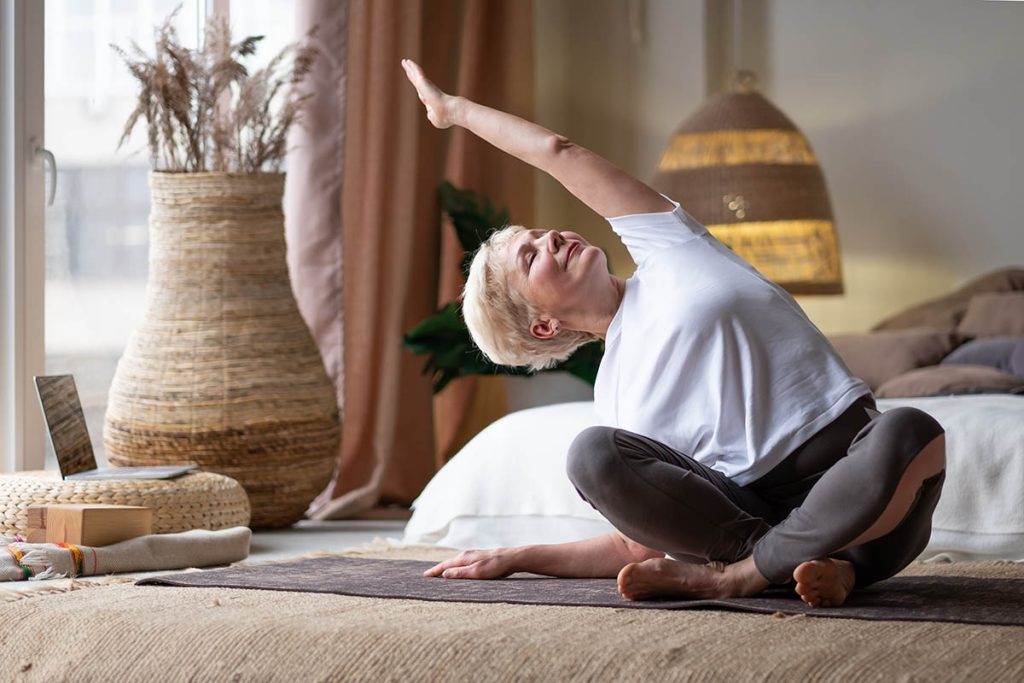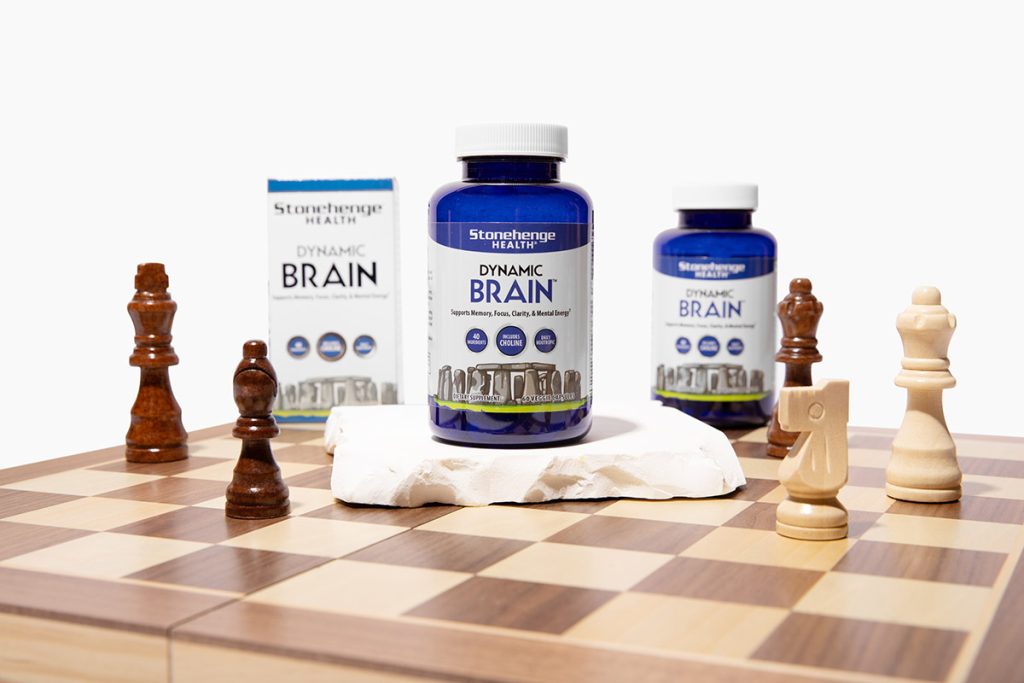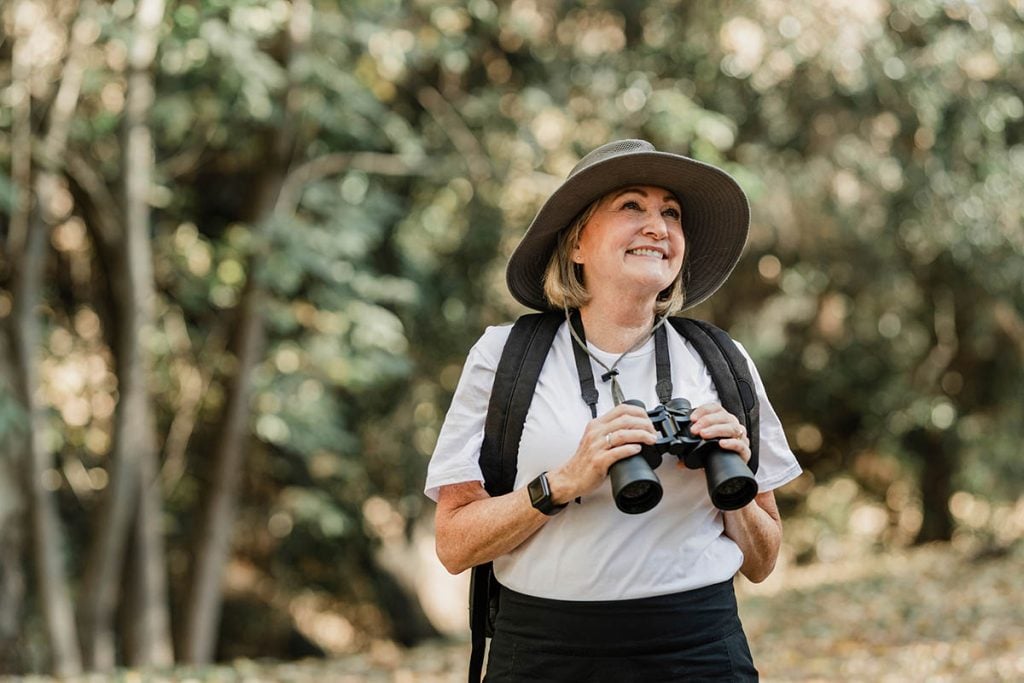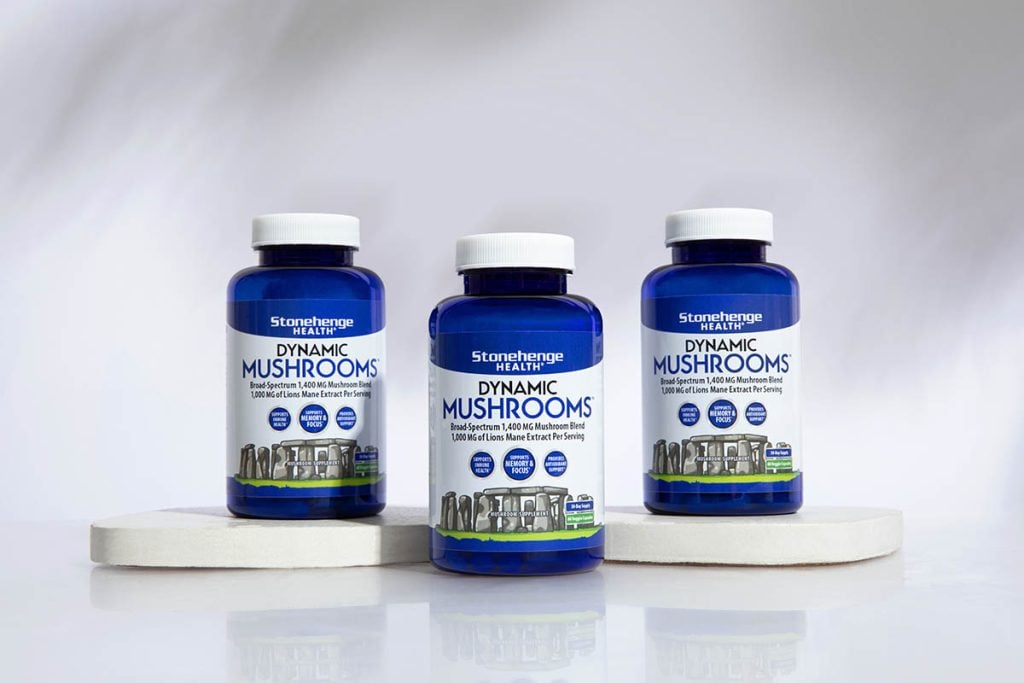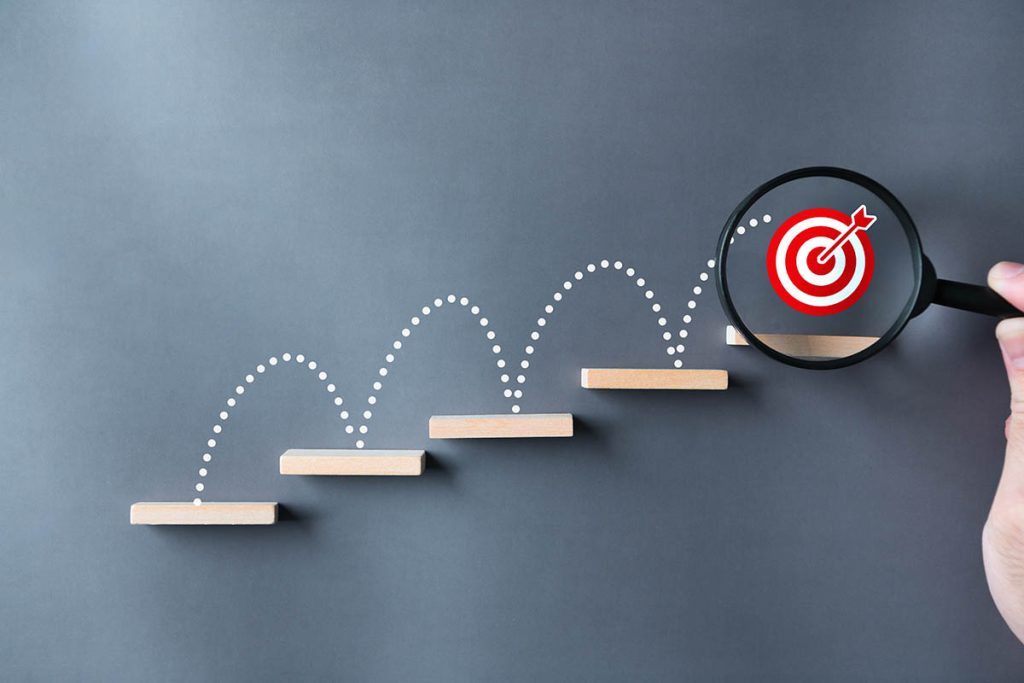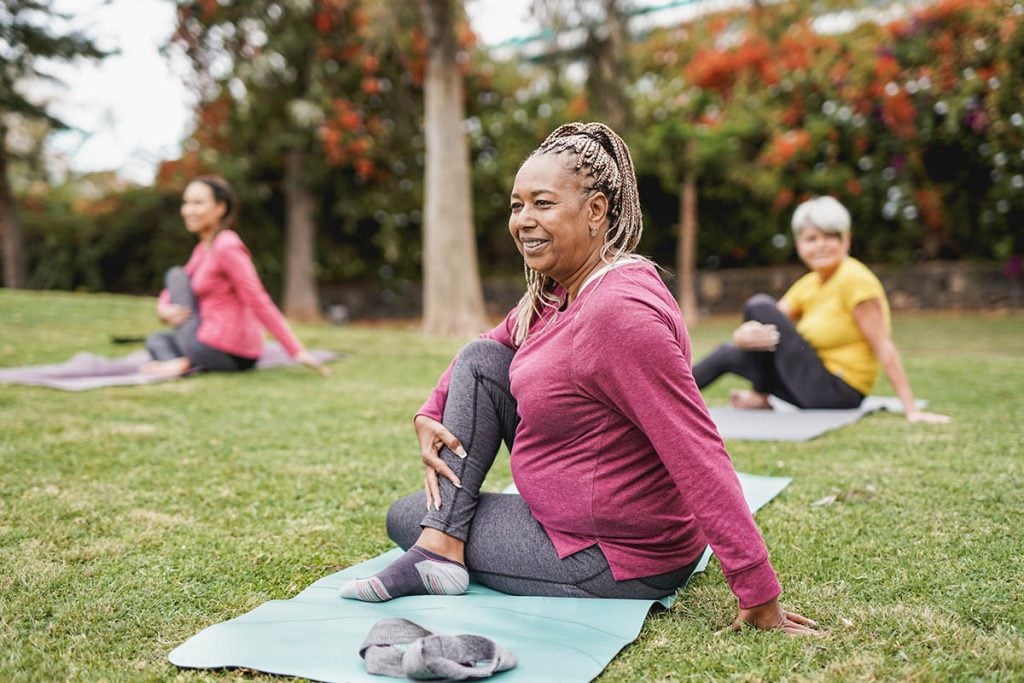
Society and the media tend to paint getting older in a negative light, often presenting it as a phase to be dreaded.
Having negative perceptions about the aging process is normal.
Getting old…
Not as young as I used to be…
If it were only 20 years ago…
However, the narrative doesn’t have to follow this grim outlook.
When viewed through a different lens, this time has the potential to be one of the most enriching parts of your life.
We recently had a memorable conversation with Rosalinda, a vibrant 63-year-old business owner and grandmother whose energy surpassed that of many people half her age.
Through an engaging conversation with this business owner, we realized that your 60s and beyond is not a decline into obscurity but rather a period brimming with unique opportunities, advantages, and joys.
Specifically, we count 5 benefits you can only get through getting older.
1. Confidence
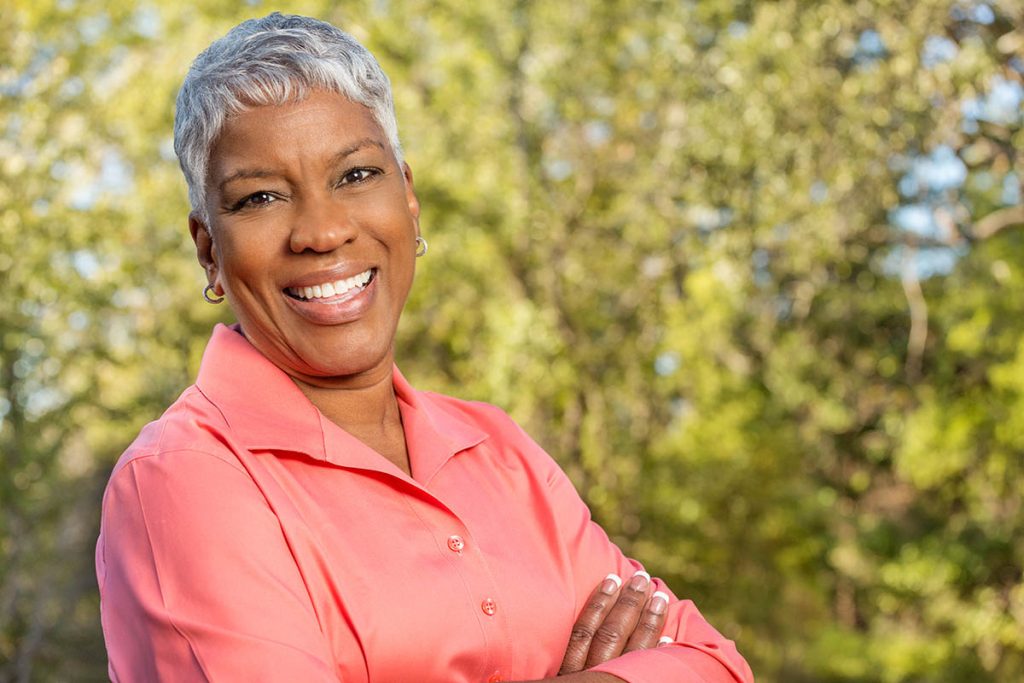
Confidence is a trait that strengthens with time and experience.
As the years pass and you stack up achievements, you feel empowered to embrace new challenges without the fear of failure or the apprehension of judgment from others.
With more years comes a deeper understanding of your identity and capabilities. This self-awareness fosters comfort in your own skin and an appreciation for your distinct qualities, leading to both professionally and personally positive impacts.
2. Maturity
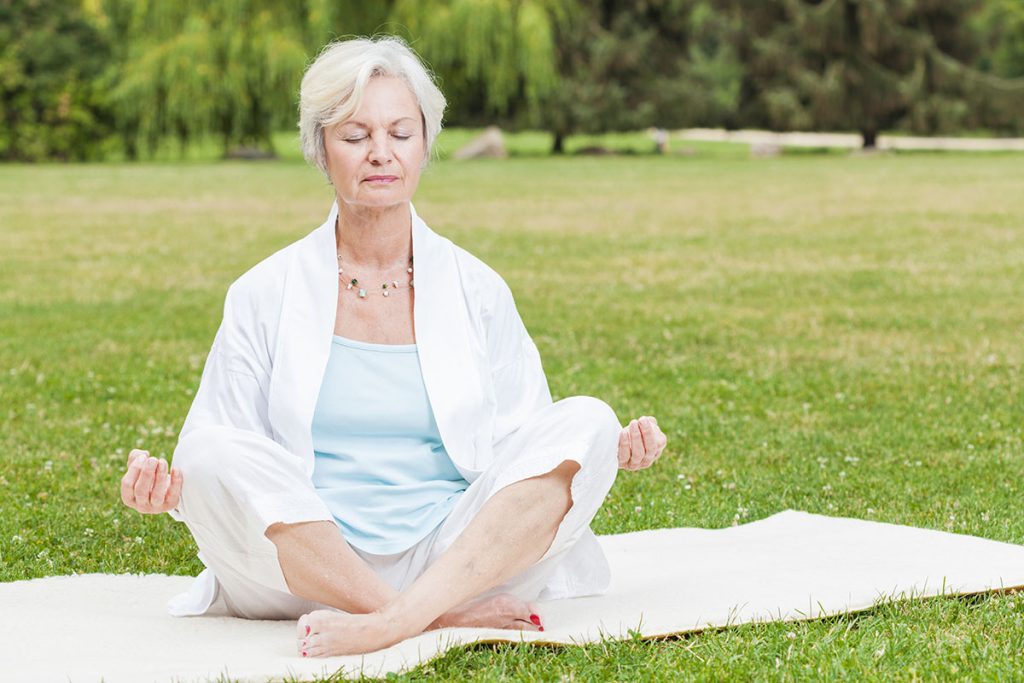
Maturity encompasses more than just chronological age; it reflects a refined perspective on the world and your role within it.
Time often brings a more balanced temperament and an enhanced ability to navigate life’s highs and lows. There’s a tendency to prioritize the important over the trivial, adding a layer of serenity to your life experience.
3. Wisdom

Wisdom is a gift that comes with time, provided attention is paid to life’s lessons.
Each year imparts valuable insights about yourself, others, and the broader world, which in turn aids in making wiser choices and avoiding repetitive mistakes.
This accumulated knowledge also serves as a guiding light for younger generations, offering precious advice borne of experience.
4. Patience

Patience grows with age.
Youth can be a time of impatience, with a desire for immediate gratification. Maturity, however, teaches the value of timing and fostering patience with oneself and with others, which can enhance relationships and reduce stress.
Acceptance of one’s evolving appearance also emerges, allowing for a greater appreciation of internal beauty traits like compassion, kindness, and empathy.
5. Gratitude

Youth often takes for granted health and vitality.
As the years pass, the potential loss of faculties can lead to a heightened appreciation for them when they function well. This recognition fuels a profound sense of gratitude for life’s blessings, big or small.
Furthermore, a lifetime of experiences cultivates a sense of humor and resilience, invaluable qualities no wealth can buy. This results in a grounded, optimistic outlook filled with laughter, even amidst challenges.
Our encounter with Rosalinda

Contrary to the belief that working in your 60s and 70s equates to slowing down, staying engaged and active at this stage can actually enhance life’s enjoyment and vitality. However, keeping pace may require more energy and cognitive sharpness.
After dedicating four decades to her family and business, Rosalinda found herself drained of energy.
She felt overwhelmed by physical and mental exhaustion.
Her search for vitality led her to discover functional mushrooms.
Rosalinda shared this with us:
“Being a businesswoman with unique responsibilities, I found that incorporating Dynamic Mushrooms into my daily routine not only boosted my immune system but also enhanced my mental clarity, memory, and energy and allowed me to work stress-free.*”
With Dynamic Mushrooms™ as part of her regimen, Rosalinda experienced a remarkable turnaround. Her mental acuity was restored, and fatigue lost its grip on her life.*
Are you ready to live your success story?
Our proprietary blend includes the functional mushroom Lion’s Mane, which provides cognitive supporting benefits for healthy brain function and stress response to daily challenges.*











